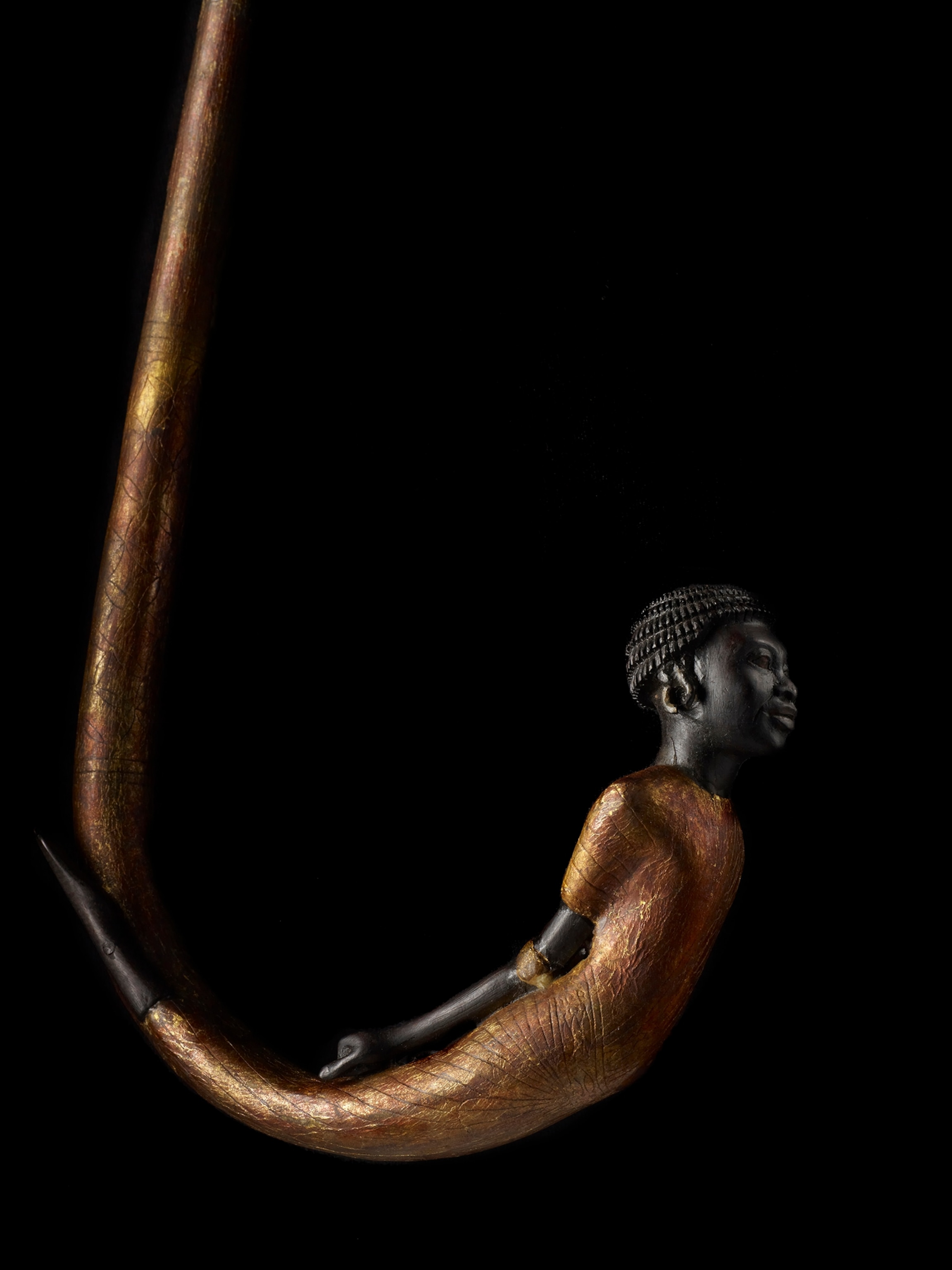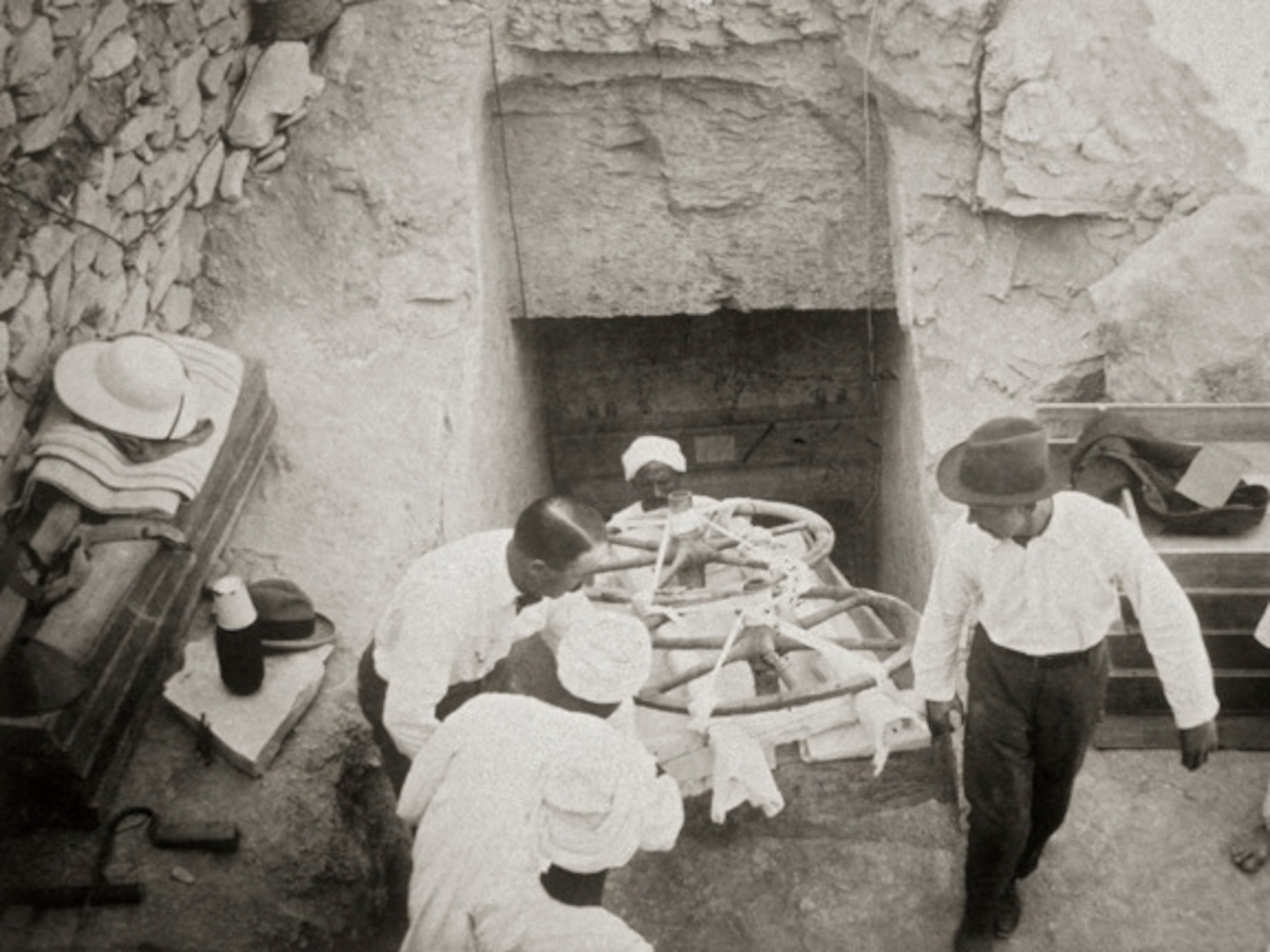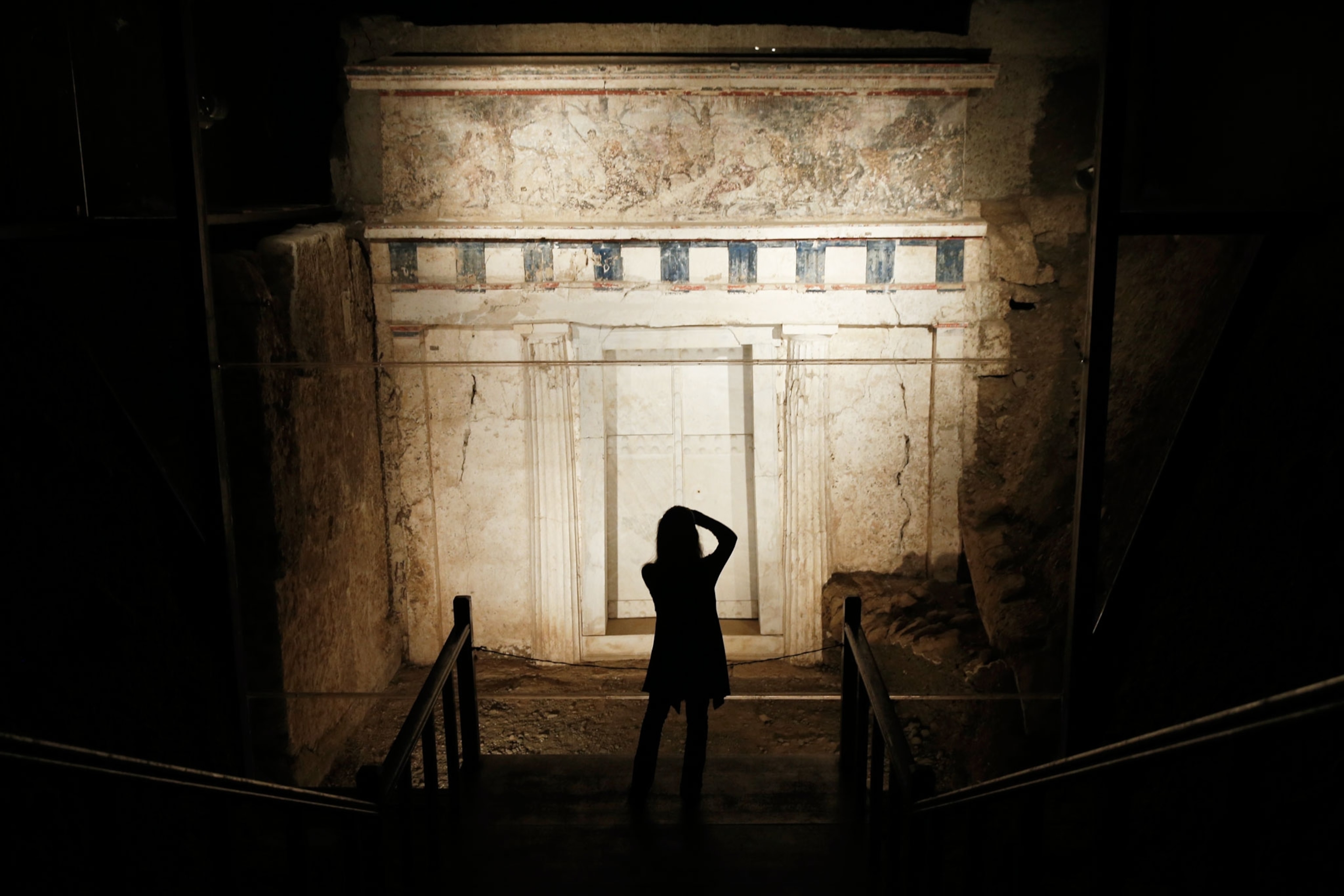
Was This Really the Tomb of Alexander the Great's Father?
Analysis of bones raises new questions about the final resting place of Philip II of Macedon.
A new forensic study appears to solve a long-standing debate in Greek archaeology over the burial location of King Philip II of Macedon, the father of Alexander the Great.
Since the excavation of the three Great Tombs of the Royal Tumulus at Vergina in 1977 and 1978, many archaeologists have believed that Philip II was buried in Tomb II, dubbed “The Tomb of Philip.” But a skeletal analysis of the leg bones from the remains of an adult male in Tomb I shows a severe lance wound that matches accounts in ancient written sources of an injury Philip II sustained during battle in 339.
The authors of the study, published Monday in the Proceedings of the National Academy of Sciences, argue that this not only offers the first definitive proof of where Philip II was buried, but it also suggests that some of the grave goods in Tomb II may in fact belong to Alexander the Great. (Learn more about Alexander’s family connections.)
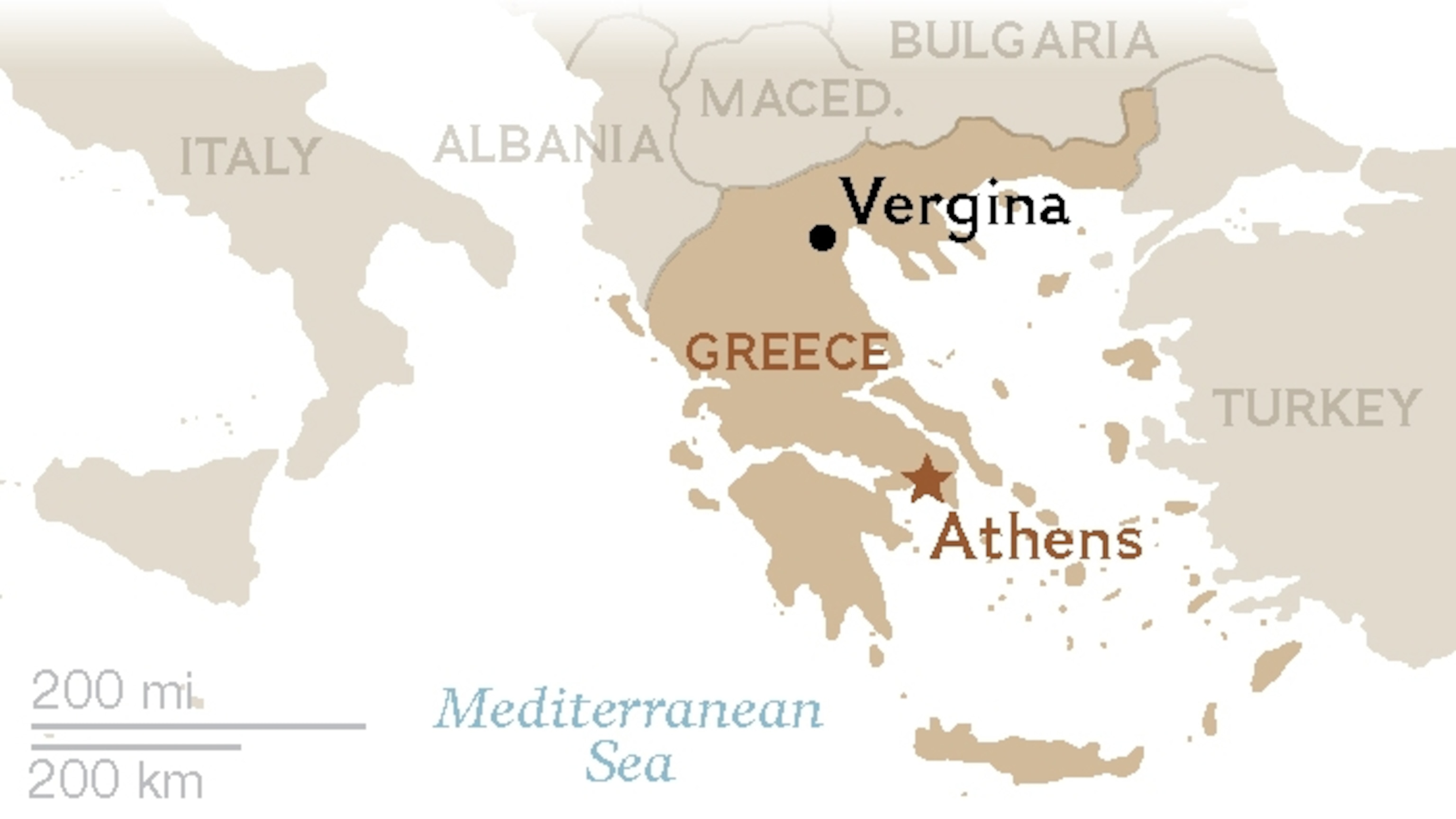
The team of Greek and Spanish archaeologists is the first to analyze the remains of the three skeletons in Tomb I. They found that the bones belong to a middle-aged man, a young woman who was approximately 18 years old when she died, and a newborn infant of unknown sex. The forensic evidence confirms the ages-at-death reported in ancient literary sources for Philip II and the last of his seven wives, as well as their their infant child.
Three years before his assassination in 336 BC, Philip II suffered a devastating injury during a dispute with the Thracian tribe of Triballi after he refused to share the spoils from his recent campaign against the Scythians. Though ancient authors such as Seneca, Plutarch, and Demosthenes differ on the precise location of the wound, the sources all indicate that he sustained a leg injury that left him permanently crippled.
The leg bones of the adult male from Tomb I show a massive hole in the left knee that caused a severe ankylosis—an abnormal fusion of bones that inhibits movement.
Before his injury, the length of his tibia and femur indicate that he would have stood nearly 5 feet 11 inches (1.8 meters) tall, a height well above average at the time.
After the wound, likely inflicted by a fast-moving projectile such as a lance or spear, Philip II would have walked with a waddling gait and a compensatory tilting of his head to the right.
Arguing the Evidence
Many archaeologists have argued that a pair of greaves—armor plates that protect the shin—found in Tomb II must belong to Philip II because one is shorter than the other, suggesting they were customized for someone with legs of different lengths.
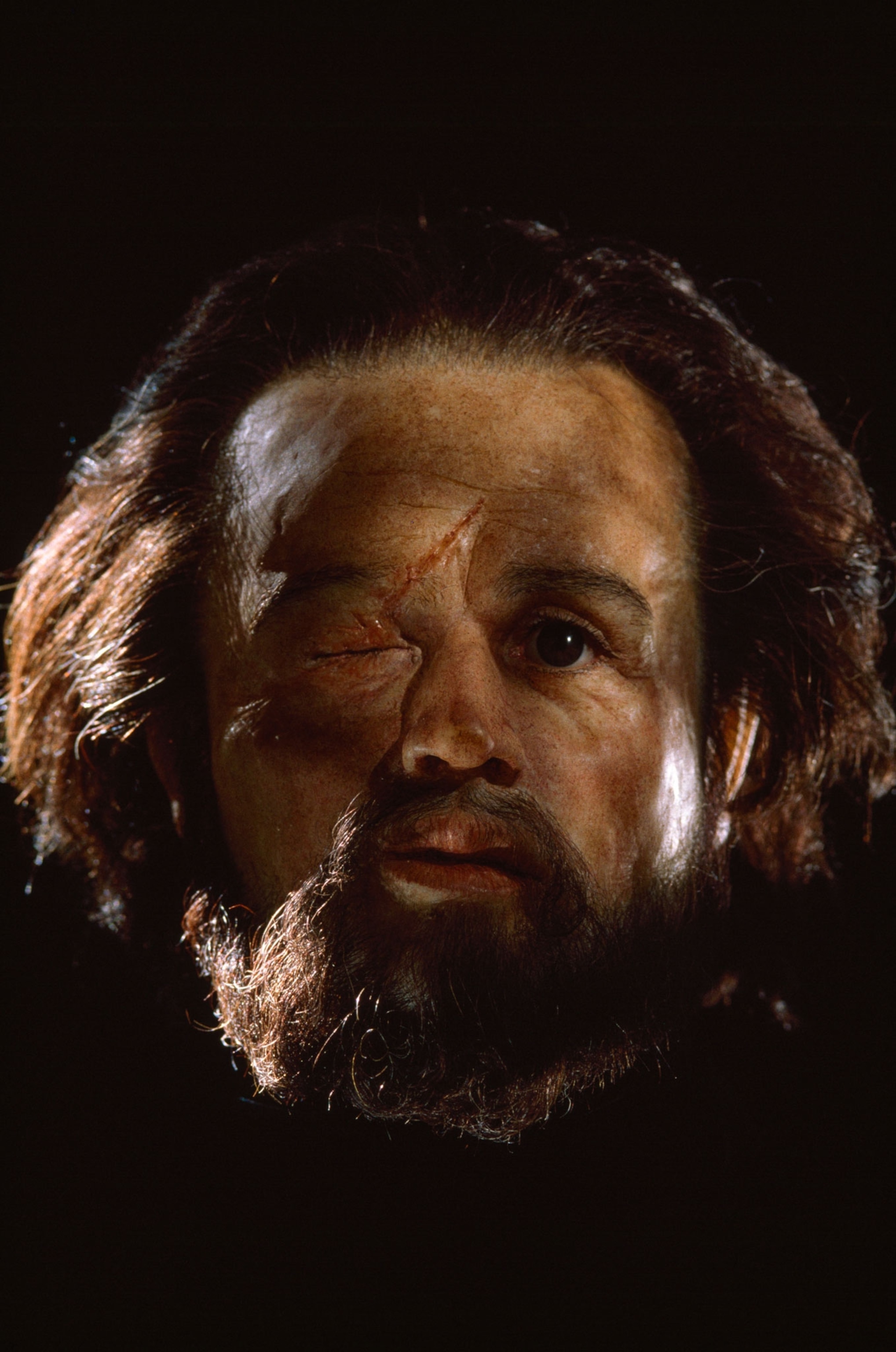
But Antonios Bartsiokas, one of the new paper’s lead authors, believes that the greaves in fact belonged to Eurydice, the wife of Arrhidaeus, Alexander the Great’s half brother. “She was a warrior woman who fought many battles,” he said. She too might have suffered a wound that required such greaves.
Given the new evidence that Philip II is buried in Tomb I, Bartsiokis and his co-authors argue that the skeletons buried in Tomb II must belong to Arrhidaeus and Eurydice. If this is the case, it’s possible that some of Alexander the Great’s armor could be buried with the pair.
Arrhidaeus himself did not fight in battles, but he wore the garments of Alexander the Great when he ascended the throne in 323. And an elaborate hand-hammered iron helmet found in Tomb II matches Plutarch’s description of Alexander the Great’s helmet, a suggestive link that may indicate some of the world-conquering hero’s armor was buried in the tomb of his elder half-brother.



